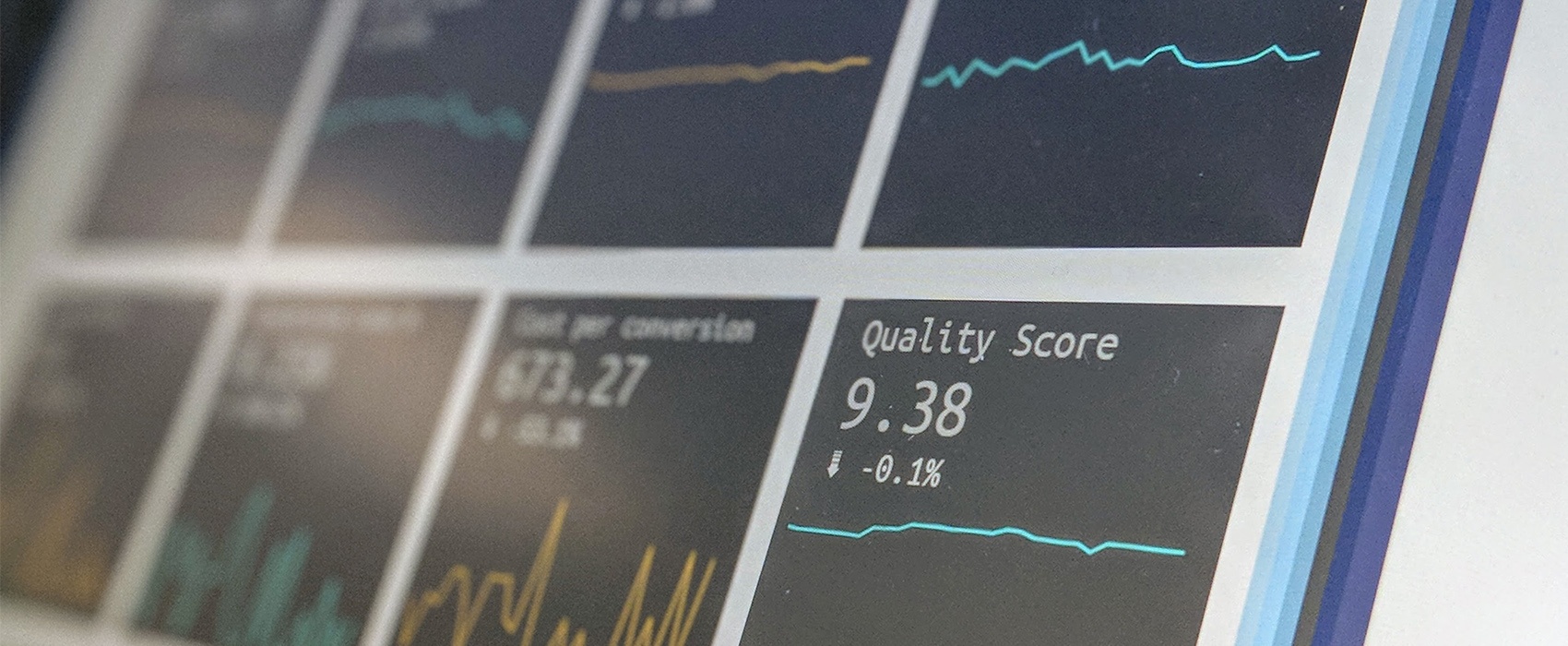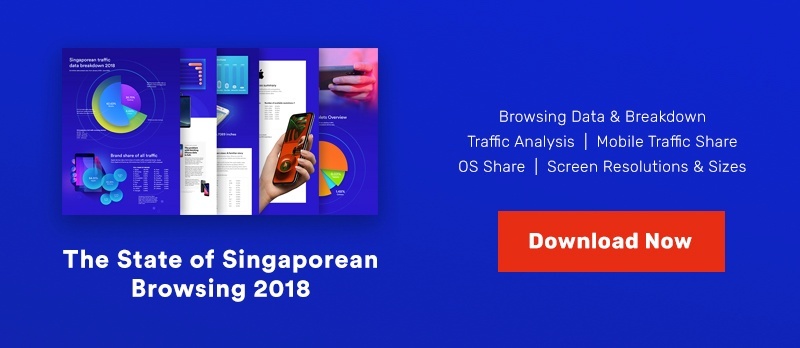We've recently launched a new resource - The State of Singaporean Browsing 2018, a culmination of 6 months' worth of data done through an analysis of over 2.8 million users. The Singaporean market analysis looked at things like brand share, platform share, device breakdowns, screen resolution, screen sizes, and also average device costs. Find out below how such data could prove useful for marketers and developers alike in driving a great Mobile-first strategy.
Why developers need to understand their mobile audience.
Mobile traffic makes up a large percentage of all web traffic. As such, marketers should know better than to let users squint at their screens when they need to access information on websites. What other considerations should marketers keep in mind when designing and developing for mobile-first users?
1. We should be past "optimising" and instead "prioritising".
This is how web development still largely works today: pages are first built on and around desktop visitors and experiences, then people start thinking about how to fit that content into a smaller screen. This is evident with every major web-page builder or platform (WordPress, Wix, Squarespace, Weebly, and more) that presents users with desktop-first page editors, before offering users the option to translate desktop web designs into their mobile versions.
We question the efficacy of such a process, as there are obvious limitations and constraints with translating content and visuals from a 14-inch desktop screen into a 6-inch mobile one. Google itself is moving to a mobile-first indexing that will rank pages based on the mobile experience of a website over its' desktop counterpart.
...mobile pages should be given due time and thought when it comes to development.
This is why we believe that mobile pages should be given due time and thought when it comes to development. To build experiences fitting of your mobile audience, find out what the average screen size your users visit your pages on, and build around that.
2. Getting your (development) priorities in order.
In today's mobile era, device fragmentation is pervasive. That's why developers should understand the various devices from which users access information. Will the page be blocked by a notch on the device? Will the header be cut off because of limited screen real estate? Does it render correctly on the device from which it is loaded?
The different mobile app design considerations can prove to be a challenge to development teams with limited resources. Understanding your demographic data gives you an order of priority in terms of what devices you should absolutely build and test for. While it can be a challenge to ensure flawless experience for every mobile visitor, you can start by knowing which devices are most used to access your digital properties. 74% of mobile customers will return to a mobile-friendly site in the future and 67% are more likely to purchase a product or service from a mobile-optimised site than from one that isn't.
In short, when building your completed page, prioritise the best possible user experience around an average screen size of your traffic data. When testing, test on the most used devices from which your app or page is accessed. Do likewise whenever you make gradual updates and changes to your digital property.
What can marketers make of our mobile insights.
Data comes in all shapes and forms, and some argue that marketers have too much data than they know what to do with. This begs the question: how can marketers actually make use of mobile browsing data to help in their marketing campaigns or strategy?
1. Make deductions of your audience from the device they use.
There is rather a specific type of user who will buy a phone upwards of $999. They could be power users, perhaps enthusiasts, or maybe someone with high disposable income. Likewise for buyers of sub $200 devices. These users tend to be more price-sensitive, may not value technology as much, or may see mobile devices as not integral to their work or life. Such segmentation of users based on their mobile device of choice, could give you an insight into your audience demography and even psychography.
...segmentation of users based on their mobile device of choice,
could give you an insight into your audience demography.
This could help you then profile your audience type, and build out possible personas from which to launch campaigns aimed at growing your existing audience.
2. Predict trends that give insight to your campaigns.
Marketers are increasingly expected to understand where the market is headed. As such, you should be monitoring insights and data available in the market, and looking at patterns of growth and decline. Insights into the industry will help you spot trends as they happen, giving you windows of opportunity not only to act on emerging trends, but also conquer largely uncontested territories in the market.

Download the exclusive resource on Singapore browsing statistics 2018 - with a focus on mobile data, to find out how you can build your own mobile-first strategy today.